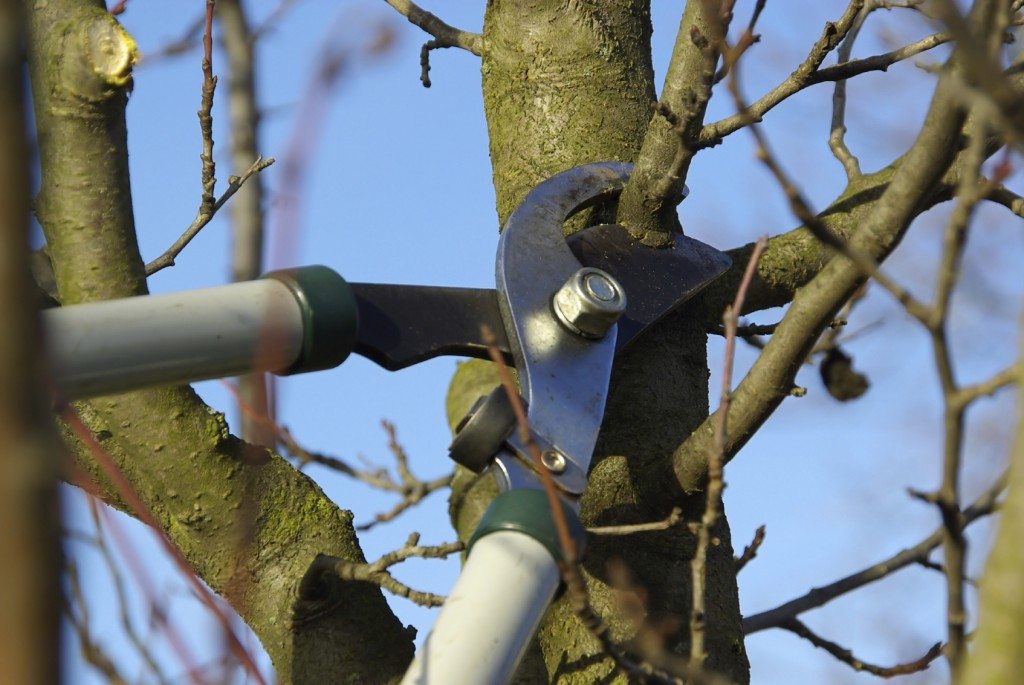At Pope Tree Service, one of the most common questions that our trained professionals get asked is about the best time to have their trees pruned and trimmed. The answer to this question is not as straightforward as most people would like, which is why we have put together this guide to help everyone answer this question.
The biggest factor that our professionals consider when it comes to pruning trees is the type of tree in question. Some of the other factors that we will consider along the way include:
- Any insects that might be present
- How susceptible the tree might be to diseases
- The surrounding environment
If you would like to learn more about pruning trees, take a look at our helpful information below!
The General Answer
In general, the best time for people to prune their trees is during the winter months. Between November and March, most trees that live in the local area are dormant. This makes the trees easier to trim for a number of reasons. These include:
- Trees are often less susceptible to insects and diseases during the colder months
- When trees are pruned during the winter, there is less of an impact on the surrounding landscape, which makes it easier for our professionals to view their work and finish the job successfully
- Trees in the winter usually heal faster, meaning that by the time spring arrives, the tree will be healthy once again
Therefore, when in doubt, prune trees in the winter! Of course, there are a number of other points that everyone should keep in mind.
Why Pruning Trees Is Important
When it comes to landscaping, it is important to view pruning as a part of routine plant maintenance. That is why we incorporate trimming as a part of our regular services along with shaping and chipping. There are a few added benefits of tree pruning, including:
- Pruning increases the overall health of a plant by removing dead branches, stubs, and even branches that rub together (damaging the tree)
- Encourage the development of flowers and fruit
- Keeping hedges dense with trimming services
- Controlling plant sizes and shapes
- Improving the curb appeal of a home
- Removing watersprouts, suckers, and other structures that detract from the appearance of the tree
- Protect family members and the property itself from dead branches and other hazards
These are a few of the most important reasons why it is important for all homeowners to prune their trees on a regular basis.
The Best Time to Prune Trees: The Detailed Schedule
Now that we have discussed some of the most important reasons why trees need to be pruned, we have put together a detailed schedule of the best times to prune some of the most common plants we encounter during our work. Some of the most common jobs we handle include:
- Oak Trees: Winter, Early Spring, and Late Fall
- Apple Trees and Honey Locusts: Late Winter and Early Spring
- Hedges: Late Winter, Early Spring, Late Summer, Fall
- Junipers and Yews: Late Spring, Summer, and Early Fall
- Pine Trees: Late Winter and Early Spring
- Maple Trees, Butternuts, Walnuts, and Birch Trees: Late Spring and Early Summer
- Spruces, First, Cedar Trees, Hemlocks, and Tamaracks: Winter, Early Spring, Late Fall
This is a comprehensive guide to the numerous trees that we prune on a regular basis. If you have questions about a specific type of tree on your property, give us a call!
Avoiding Specific Diseases with Pruning
At Pope Tree Service, we encourage our customers to prune late during the winter season. This is a good time of year for the most common trees in our area. Some of the added points to consider include:
- Pruning oaks between November and March avoids a dangerous disease known as Oak Wilt
- Pruning apple trees between February and April avoids the spread of dangerous infections
- Honey Locusts are safer to prune when they are dry (during the late winter)
Finally, if you have trees and shrubs that prune early in the season, we try to prune them immediately after they finish blooming for the best results. We also try to prune shrubs before new growth if they are grown primarily for foliage instead of flowers. If you have evergreens, they rarely need to be pruned. If you have questions about a specific type of evergreen, contact us for help!
Contact Pope Tree Service Today!
At Pope Tree Service, we place the needs of our customers in San Diego County first. That is why we have put together this helpful guide to help you decide when to call us for pruning services. Of course, we are always here to help you. If you have questions about tree trimming, pruning, or any other landscaping needs, please contact us today!

